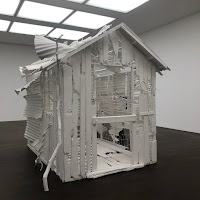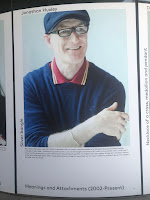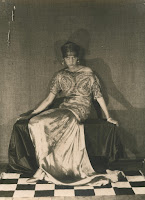Reading Renoir with the Dress Detective

Insightful online lecture from Courtauld Research Forum and Ulster Museums on the fashions of the Belle Epoque and in particular an analysis of the dress in Renoir’s “La Loge”. This lecture marked two exhibitions at the Ulster Museums, a loan of various Renoir’s, including “La Loge” from the Courtauld and their own companion show on fashion in the Belle Epoque ie from 1870s to the start of the First World War. Charlotte McReynolds gave us a brief overview of the Belle Epoque exhibition then Ingrid Mida, a picture dating consultant, also known as The Dress Detective took us thought the finer detail of the dress in “La Loge” revealing that at the date it was painted, 1874, the striped dress would have been slightly old fashioned. This may have been a deliberate statement about the woman by Renoir, or it might be that at this period he had to borrow outfits for his models. Mida compared the picture to real clothes, fashion plates and photographs of the time and looked at what the
























